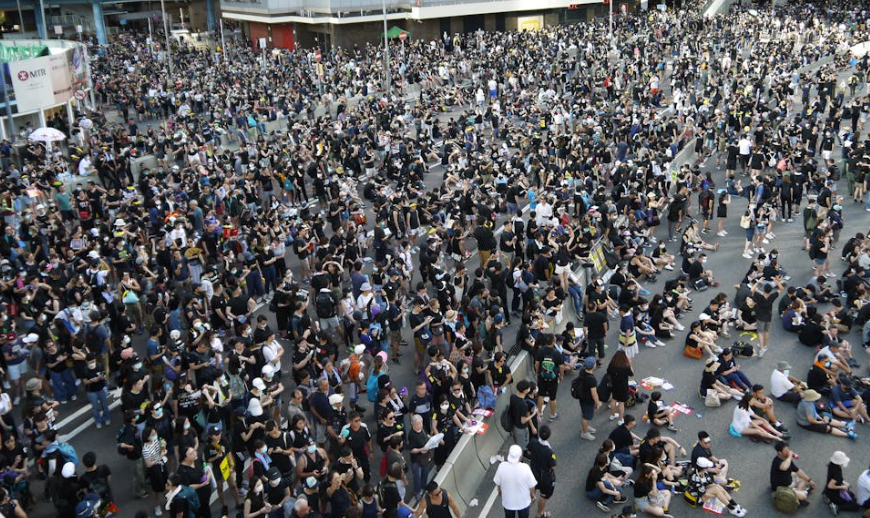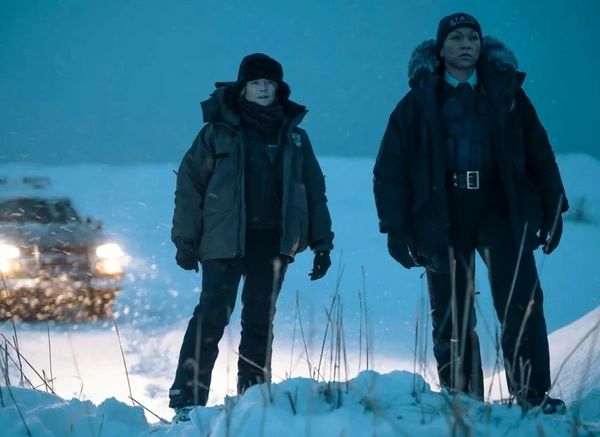Opening the front gate of Brompton Cemetery feels like opening a history book about London. Many famous people are buried here, like suffragist Emmeline Pankhurst and author Beatrix Potter. There are over 35,000 monuments here, for both rich and poor.
In the middle of the cemetery, there’s a big mausoleum. It’s made of granite, with a bronze door that has a keyhole. The front has decorations and Egyptian hieroglyphs. It was built in the 1850s for Hannah Courtoy and her two daughters, Mary and Elizabeth.
Hannah Courtoy’s tomb is the biggest and most fancy one in Brompton. But what’s interesting is that the key to the door is missing. Some people think it’s a time machine, but a historian named Stephen Coates says it’s actually a teleportation chamber.
To understand the strange story about Courtoy’s tomb, it’s important to know about Hannah Courtoy’s life.
Hannah Peters was born around 1784. She left her abusive father when she was young and worked as a housekeeper and in a tavern. In 1800, she met John Courtoy, a rich old man who used to make wigs. Peters became his housekeeper and soon had three daughters. She said they were Courtoy’s, but some people thought they might have been fathered by Francis Grosso, the friend who introduced them.
Courtoy’s health is not clearly explained in history books, but it’s said he became unwell after a violent encounter with a prostitute in 1795, where he was attacked with a knife. After that, he became more withdrawn. He grew closer to Hannah Peters, who later took his name and had a big say in his decisions. In his will from 1810, he left most of his money to his ex-wife and their children, but he changed it in 1814 to give more to Hannah.
When Courtoy died in 1818, there were arguments about his will. His ex-wife and French relatives said he was not in his right mind when he made the changes. The legal fight went on until 1827, and by then, Hannah and her daughters had gotten most of Courtoy’s money.
According to a book by David Godson, based on diaries from Courtoy’s housekeeper Maureen Sayers, Hannah became friends with an Egyptologist named Joseph Bonomi. She was interested in Egyptian symbols and believed they knew a lot about the stars and the universe.
Courtoy’s health is not clearly explained in history books, but it’s said he became unwell after a violent encounter with a prostitute in 1795, where he was attacked with a knife. After that, he became more withdrawn. He grew closer to Hannah Peters, who later took his name and had a big say in his decisions. In his will from 1810, he left most of his money to his ex-wife and their children, but he changed it in 1814 to give more to Hannah.
When Courtoy died in 1818, there were arguments about his will. His ex-wife and French relatives said he was not in his right mind when he made the changes. The legal fight went on until 1827, and by then, Hannah and her daughters had gotten most of Courtoy’s money.
According to a book by David Godson, based on diaries from Courtoy’s housekeeper Maureen Sayers, Hannah became friends with an Egyptologist named Joseph Bonomi. She was interested in Egyptian symbols and believed they knew a lot about the stars and the universe.
For about 100 years, everything at Brompton Cemetery seemed normal. Then, around 1980, Hannah’s relatives visited and somehow lost the key to the tomb. After that, strange things started happening.
In October 1998, Associated Press reporter Helen Smith wrote a story to spark readers’ interest during Halloween. It might have been the first mainstream article to suggest that Courtoy’s tomb could be a time machine.
Smith described the monument as a strange and imposing structure, housing three spinsters about whom very little is known. She mentioned an author named Howard Webster, who claimed to have found a connection between Bonomi and Samuel Alfred Warner. Warner was described as a maverick Victorian genius and fraudster who allegedly tried to convince the British armed forces to invest in advanced weapons that didn’t actually exist.
Webster guessed that Warner, known for his inventions, might have teamed up with Bonomi, who supposedly knew about Egyptian time travel theories. They might have convinced Hannah to fund their secret project. Bonomi shared ancient wisdom, while Warner contributed his scientific expertise. Placing their device in a cemetery ensured it wouldn’t be disturbed for a long time, allowing Warner to travel back to London after each time jump.
The missing key was a big part of Webster’s story. With no one going inside for years, it was easy to imagine Warner using the tomb like a time machine, while Hannah and her family remained inside or were buried elsewhere. Webster also said that the tomb’s plans were missing, unlike other monuments in Brompton.
The story came up again over the years. In 2003, musician Drew Mulholland used the tomb on his album cover, sparking new interest. In 2011, Coates, a musician with a band called the Real Tuesday Weld, read about the theory and wrote on his blog. He suggested that the Courtoy tomb wasn’t for time travel but that Warner used similar technology to teleport torpedoes. Later, he adapted it to make teleportation chambers around London’s historic cemeteries.
“It was a way to move around the city,” Coates explains. “Warner and Bonomi studied ancient Egyptian occult theories and science together. I posted that on my blog, and it started to spread.”
Coates’s idea shows how an urban legend can grow.
With the missing key, no one could prove the teleportation idea wrong, so people speculated a lot. Was Warner killed in 1848 because he knew too much about new technology? Why did it take four years to finish the tomb after Hannah’s death, so she didn’t enter it until 1853? Was Hannah tricked into funding what she thought would be a new way to travel?
“It became one of the city’s myths,” Coates says. In 2015, the Independent wrote about his belief and Ray Godson, a relative of Hannah Courtoy, who just wanted to visit the tomb to honor his ancestor. At the same time, Coates was arranging tours with the cemetery’s permission to hear the legend of Courtoy, Bonomi, and Warner near the tomb at night.
“I loved the idea,” says Vanessa Woolf, a storyteller in London who hosts the tours. “I have to thank Stephen Coates. I contacted him after hearing about the myth and said I really wanted to tell the story. He said to go for it.” Woolf hosted the first event in 2015 and has done more since. “The first time, we had a lot of bookings,” she says.
During the story presentation, Woolf talks about an inventor named Warner who teams up with Bonomi for a teleportation idea. Hannah, she says, was interested in the occult and strange events.
“There’s a lot of interest in the story in London,” she says. “People are interested in the places where they live. This story is about secrets and the occult, but nobody knows what really happened.”
Coates isn’t straightforward about whether he believes his idea about Hannah Courtoy’s tomb. When asked for an interview, he agreed but mentioned he came up with the teleportation idea for a short story. In our conversation, he says the teleportation idea lets people decide what they think the tomb holds. He’s not sure if Hannah’s daughters are still inside, and he wonders if there’s a secret underground chamber.
“It’s an alternative theory based on historical facts,” he says on the phone. There’s a hint of amusement in his voice.
Whether it’s performance art or not, the attention has helped the cemetery raise money for renovations. Courtoy’s tomb was partly cleaned up in 2009 after some granite fell off, paid for by a family trust. When asked if the vigils and tourists are disruptive, Brompton officials send questions back to Coates, who seems to be their unofficial spokesperson for anything about molecular disruption and Egyptian time travel.
“They don’t really advertise themselves,” Coates says. “They welcome people who come with respect. The events help with the conservation efforts.” Tickets for his last show cost £6 to £8, and a quarter of the money went to rebuilding the cemetery.
But how many people will visit once there’s a key? Coates and Brompton Cemetery historian Arthur Tait are trying to make a replacement key for Hannah’s relatives. But after people see inside, won’t the mystery fade?
“Opening it might not prove it’s not a time machine,” Coates says. “It might just make the mystery deeper.”
For Woolf, who still hosts events near the tomb, having a key might spoil the fun. “It’s better not to have it,” she says. “The real magic is in people’s minds.”
Usually. But one reviewer on Instagram was disappointed Woolf didn’t open the tomb.









